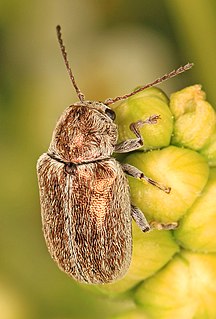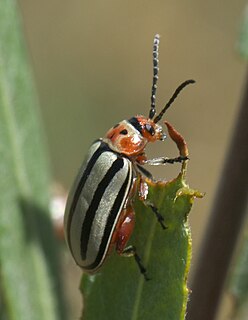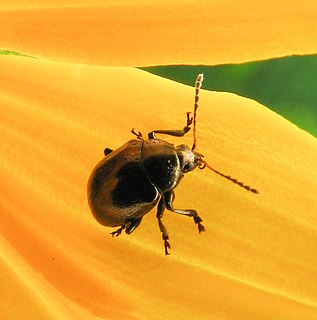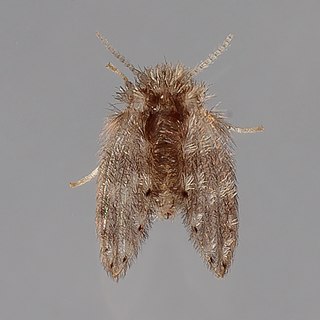
The Integrated Taxonomic Information System (ITIS) is an American partnership of federal agencies designed to provide consistent and reliable information on the taxonomy of biological species. ITIS was originally formed in 1996 as an interagency group within the US federal government, involving several US federal agencies, and has now become an international body, with Canadian and Mexican government agencies participating. The database draws from a large community of taxonomic experts. Primary content staff are housed at the Smithsonian National Museum of Natural History and IT services are provided by a US Geological Survey facility in Denver. The primary focus of ITIS is North American species, but many biological groups exist worldwide and ITIS collaborates with other agencies to increase its global coverage.
Daihinibaenetes is a genus of sand-treader crickets in the family Rhaphidophoridae. There are at least three described species in Daihinibaenetes.

The Ropalomeridae are a family of acalyptrate flies.

Rainieria is a genus of stilt-legged flies in the family Micropezidae. There are at least 20 described species in Rainieria.

Hercus fontinalis is a species of ichneumon wasp in the family Ichneumonidae. It is found in the United States and Europe.
Glyptoscelis juniperi is a species of leaf beetle. It is found in California in the United States.

Glyptoscelis is a genus of leaf beetles in the subfamily Eumolpinae. There are 38 species of Glyptoscelis described from North, Central and South America. There are also three species of Glyptoscelis known from the West Indies, though they are wrongly placed in the genus. In addition, a single species was described from Hunan, China in 2021.
Hyetussa alternata is a species of jumping spider in the family Salticidae. It is found in the United States.

Disonycha alternata, the striped willow leaf beetle, is a species of flea beetle in the family Chrysomelidae. It is found in North America.
Graphops comosa, known generally as the Monahans sandhill chrysomelid or long-haired graphops, is a species of leaf beetle. It is found in southeast New Mexico and the adjacent region of Texas.
Glyptoscelis albicans is a species of leaf beetle. It is found in the southeastern United States.

Brachypnoea puncticollis, the rose leaf beetle, is a species of leaf beetle. It is found in North America.
Metachroma floridanum is a species of leaf beetle. Its distribution ranges from Florida to North Carolina in the United States.
Glyptoscelis illustris is a species of leaf beetle. Its range spans from California to Oregon in the United States.
Glyptoscelis prosopis is a species of leaf beetle. Its range spans from southern Texas to Mexico and Central America. It was first described by the American entomologist Charles Frederic August Schaeffer in 1905.
Glyptoscelis pubescens, known generally as the hairy leaf beetle or pine chrysomelid, is a species of leaf beetle. It is found in eastern North America. It is a potential pest of pine trees.
Glyptoscelis albida is a species of leaf beetle. It is found in western North America.
Glyptoscelis cryptica is a species of leaf beetle. It is found in the central United States.

Psychoda alternata is a species of moth fly in the family Psychodidae, commonly known as the trickling filter fly or drain fly. The larva is semiaquatic and lives in the gelatinous ooze associated with leaks of sewage effluent, drains, and in trickling filter systems.
Glyptoscelis squamulata, the grape bud beetle, is a leaf beetle. The species was first described by George Robert Crotch in 1873. It is found in the western United States.







